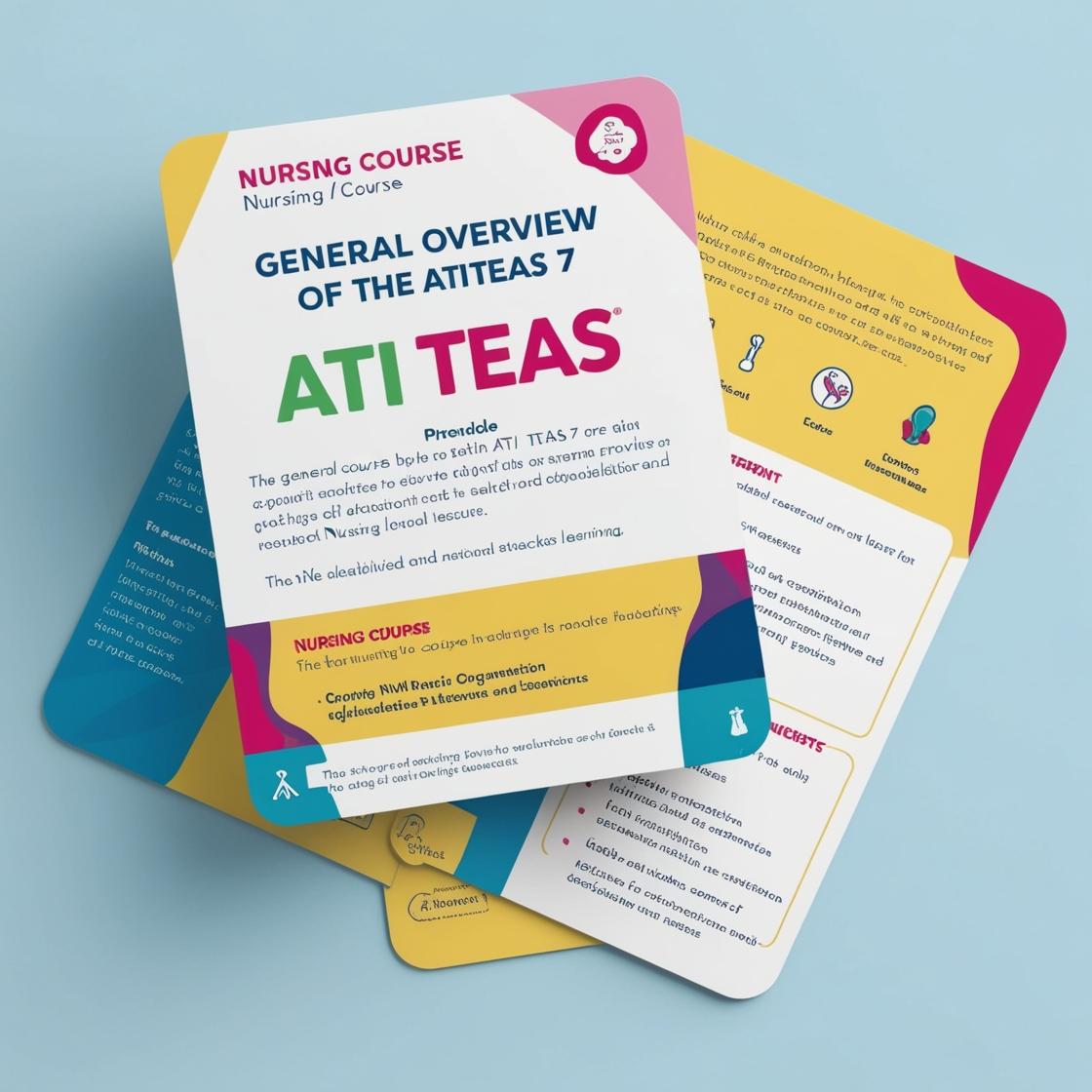ATI TEAS 7
TEAS Practice Test Science
1. Which of the following structures is located in the pelvic cavity?
- A. The kidneys
- B. The colon
- C. The bladder
- D. The rectum
Correct answer: C
Rationale: The correct answer is the bladder. The bladder is situated in the pelvic cavity, specifically in the lower part of the abdomen. The kidneys are positioned higher up in the abdominal cavity, not in the pelvic region. The colon and rectum are part of the large intestine and are primarily located in the abdominal cavity, not the pelvic cavity. Therefore, the bladder is the only structure listed that is anatomically situated in the pelvic cavity.
2. What are stem cells that can develop into many different cell types, but not a complete organism, known as?
- A. Totipotent stem cells
- B. Multipotent stem cells
- C. Pluripotent stem cells
- D. Hematopoietic stem cells
Correct answer: C
Rationale: Pluripotent stem cells are capable of developing into many different cell types, but they cannot form a complete organism. Totipotent stem cells have the ability to give rise to all cell types in an organism, including extraembryonic tissues, enabling them to form a complete organism. Multipotent stem cells can differentiate into a limited range of cell types. Hematopoietic stem cells specifically give rise to blood cells.
3. Which of the following structures is responsible for producing insulin?
- A. Liver
- B. Pancreas
- C. Gallbladder
- D. Spleen
Correct answer: B
Rationale: The correct answer is B: Pancreas. The pancreas is the organ responsible for producing insulin. Insulin is a hormone that helps regulate blood sugar levels by allowing cells to take in glucose from the bloodstream. The liver (choice A) plays a role in regulating blood sugar levels through glycogen storage and release but does not produce insulin. The gallbladder (choice C) stores bile produced by the liver to aid in digestion and has no direct involvement in insulin production. The spleen (choice D) is involved in immune function and blood storage but not in the production of insulin.
4. A scientist wants to conduct quantitative research. Which method should they use?
- A. Collecting patient narratives.
- B. Tracking the dosage of a drug and its blood levels in the patient.
- C. Observing a patient's physical changes.
- D. Writing journal notes about the research experience.
Correct answer: B
Rationale: In quantitative research, numerical data is collected and analyzed. Choice B, tracking the dosage of a drug and its blood levels in the patient, involves collecting quantitative data, making it the correct method. Choices A, C, and D involve qualitative data such as narratives, physical observations, and journal notes, which do not align with the quantitative research method.
5. What function do hydrophobic proteins often provide in the body?
- A. Digestive enzymes
- B. Provide structure
- C. Carry oxygen molecules
- D. Store energy
Correct answer: B
Rationale: Hydrophobic proteins are known for their ability to repel water and are often involved in providing structural support in cells and tissues. They help maintain the structural integrity and shape of cell membranes, organelles, and other cellular components. Choice A, digestive enzymes, typically consist of hydrophilic proteins that interact with water and substrates to facilitate digestion. Choice C, carrying oxygen molecules, is a function commonly associated with specific proteins like hemoglobin. Choice D, storing energy, is usually performed by proteins like enzymes involved in energy storage and release, such as glycogen phosphorylase.
Similar Questions

Access More Features
ATI TEAS Premium Plus
$149.99/ 90 days
- Actual ATI TEAS 7 Questions
- 3,000 questions with answers
- 90 days access
ATI TEAS Basic
$99/ 30 days
- 3,000 Questions with answers
- 30 days access
